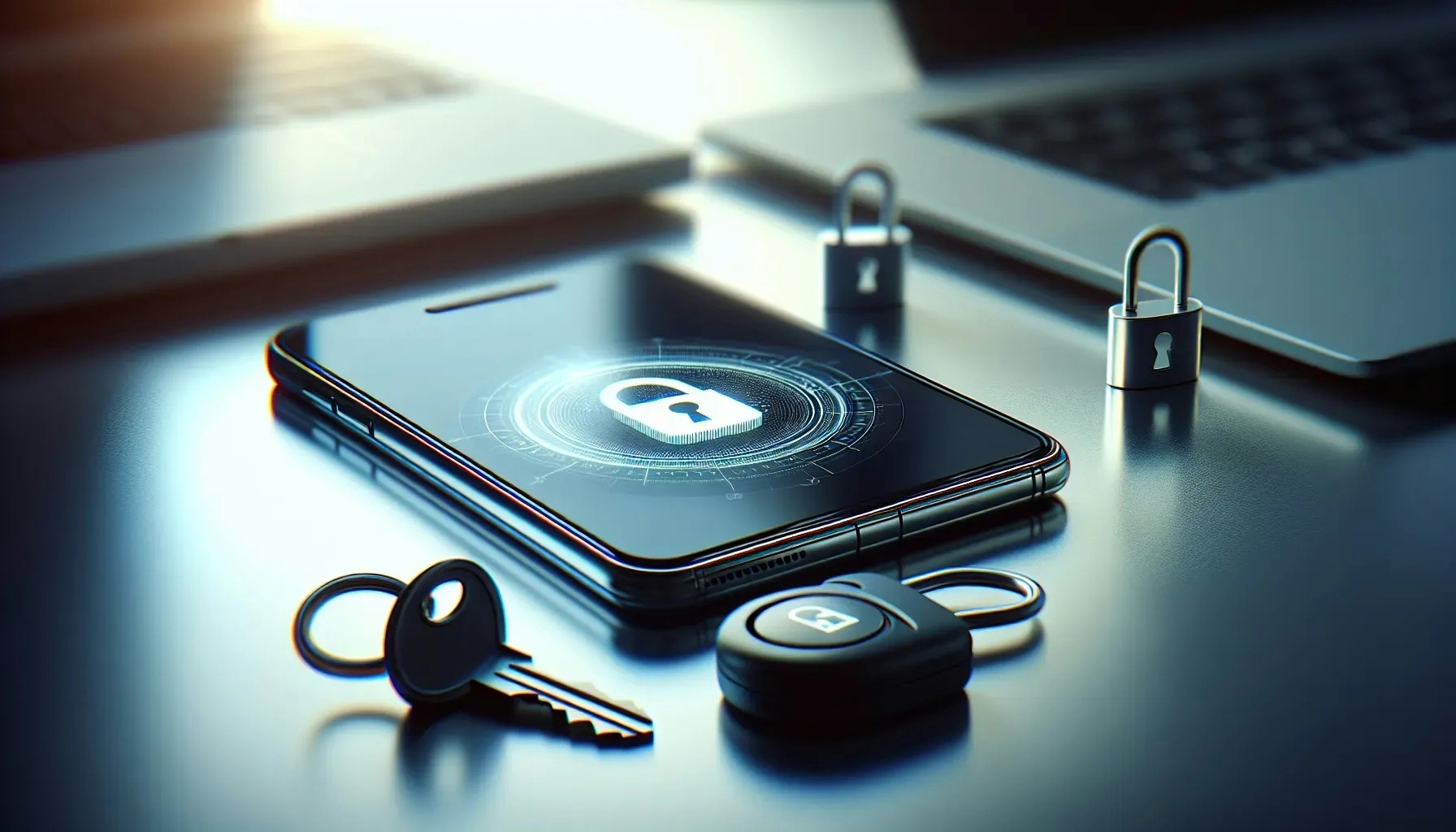What Are Best Practices for Implementing Endpoint Security in a BYOD Environment?
In the evolving landscape of BYOD (Bring Your Own Device) environments, industry leaders share their strategies for bolstering endpoint security, beginning with the implementation of MDM solutions. Alongside expert perspectives, we've gathered additional answers that provide a spectrum of lessons learned in the field. From the foundational role of MDM to the importance of assigning role-based network access, discover the multifaceted approaches to secure BYOD ecosystems.
- Control All Devices with MDM
- Implement CASB for Cloud Oversight
- Enforce Multi-Factor Authentication
- Conduct Regular Device Audits
- Mandate Strong Encryption Policies
- Assign Role-Based Network Access
- Include MDM in BYOD Strategy
Control All Devices with MDM
The best way I have controlled security in this type of environment is to be able to control all devices. That means using AD or MDM for access so I can monitor use and systems. I also have an additional component to gain access to data we put in the cloud from all the devices. Understanding what is going on with all the devices is the best way I can ensure that nothing is going awry and that everything remains secure. The lesson I learned was that you must be aware of everything. Those who let down their guard are asking for problems, even if employees don't intend for them to happen.

Implement CASB for Cloud Oversight
We tackle the issue of shadow IT. With over 800,000 cloud applications available, each one poses a potential risk for data leaks or breaches. While we aim to control which apps can be used, we also try not to be overly restrictive, as this could lead employees to bypass our rules, increasing risks.
Our solution involves implementing broad oversight and control of cloud applications through a Cloud Access Security Broker (CASB) that operates using a reverse proxy and offers agentless protection. This approach provides coverage for every cloud application, not just those integrated with the CASB, and applies our security policies to personal devices where employees might prefer not to install an agent.

Enforce Multi-Factor Authentication
In a BYOD (Bring Your Own Device) environment, it is crucial to prioritize user verification to bolster security. Requiring all users to present multiple forms of identification before granting access can thwart potential breaches. This could include something they know, like a password, combined with something they possess, such as a mobile device that receives a unique code.
Implementing multi-factor authentication creates a dynamic defense, making it more challenging for unauthorized individuals to gain entry. Firms should make this a standard procedure to enhance their security infrastructure.
Conduct Regular Device Audits
Regular monitoring and evaluation of the devices in a BYOD network is a sound strategy to ensure that each device complies with the organization's security standards. Periodic checks help in identifying any non-compliant devices so that corrective measures can be promptly taken. Such audits also serve to maintain an awareness of the security posture of all devices and identify any deviations from established protocols.
Encouraging a culture of transparency and accountability in device usage can be vital to maintaining the integrity of a company's data. Organizations should establish a routine schedule for device checks and encourage employees to participate actively.
Mandate Strong Encryption Policies
Encryption is the process of converting data into a code to prevent unauthorized access, and implementing robust encryption policies is the backbone of any secure BYOD strategy. As cyber threats evolve rapidly, so should the encryption standards used to protect sensitive information. Strong encryption should be mandated for all data, whether at rest on the device or during transmission over networks.
Regular updates to these encryption practices ensure that the organization keeps pace with the latest security advancements. Ensure to regularly review and enhance encryption standards to safeguard your organizational data.
Assign Role-Based Network Access
Appropriate network access is vital for maintaining a secure BYOD environment. By categorizing personnel and assigning access based on their role within the company, one can control the flow of sensitive information efficiently. This limits the exposure of critical data to a small subset of users, thereby reducing the likelihood of data breaches.
Such network segmentation also simplifies the process of monitoring traffic and detecting irregular activities. Review and modify network access privileges according to job roles to maintain a secure and efficient work environment.
Include MDM in BYOD Strategy
To maintain a high level of control over various personal devices used within a company, implementing Mobile Device Management (MDM) software is an effective strategy. MDM allows for the remote monitoring and management of devices, giving the organization the ability to enforce security policies and wipe data if a device is lost or stolen. Through MDM, the administrative burden is reduced while enhancing the security posture of the BYOD environment.
It is a key component in ensuring that personal devices do not become points of vulnerability within the corporate network. Include Mobile Device Management solutions in your BYOD strategy to ensure a fortified defense against security threats.

